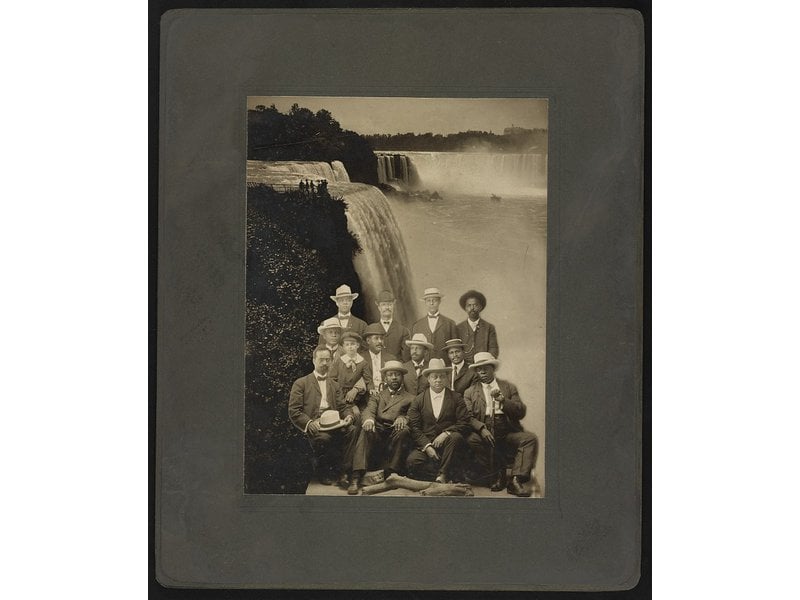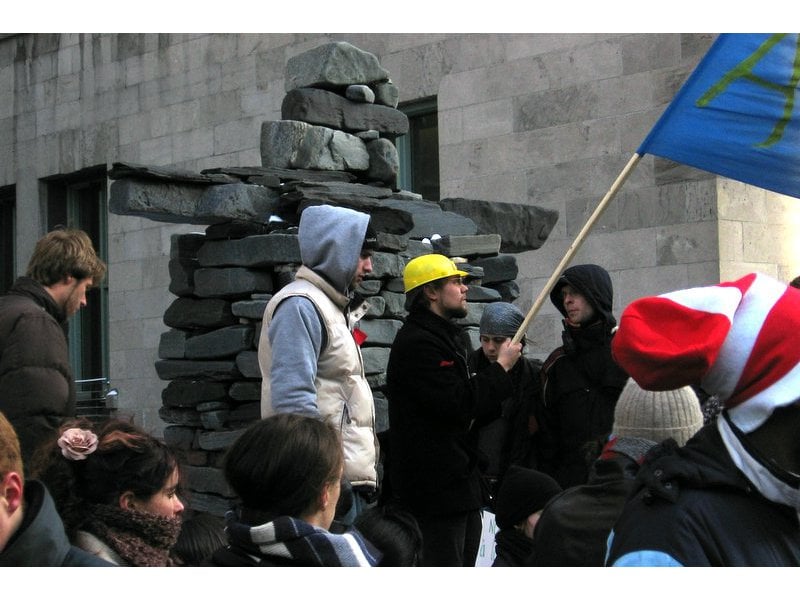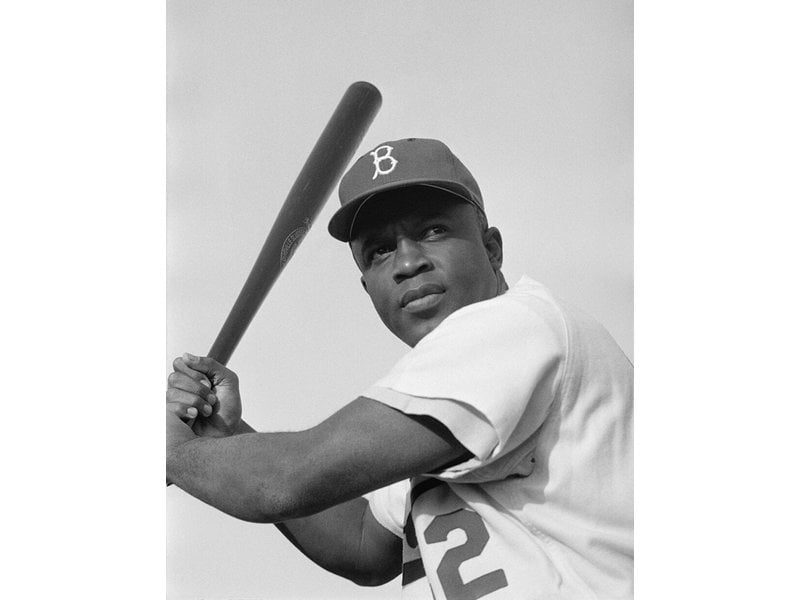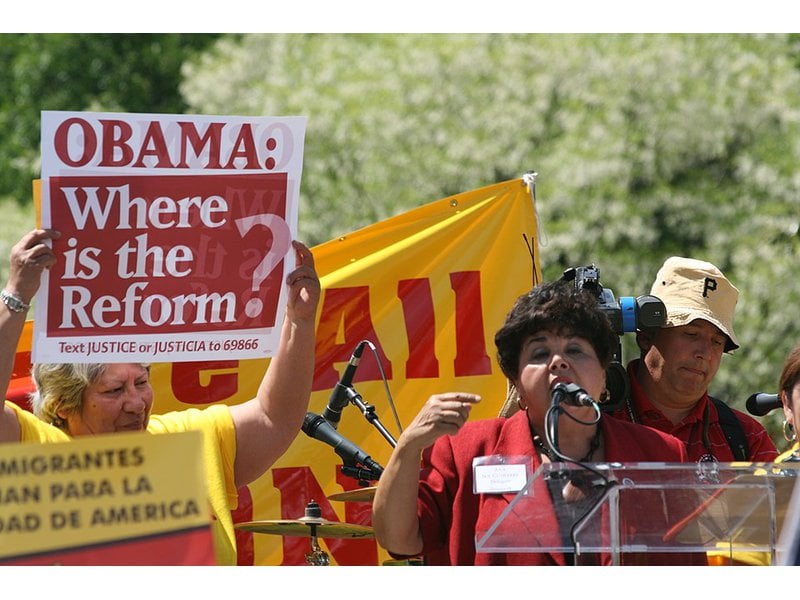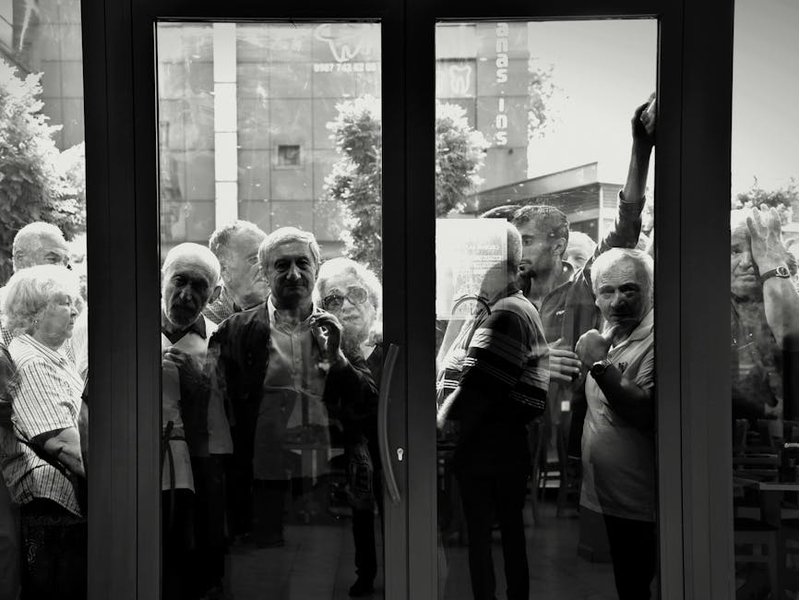072 nonconsumption of boycotted goods
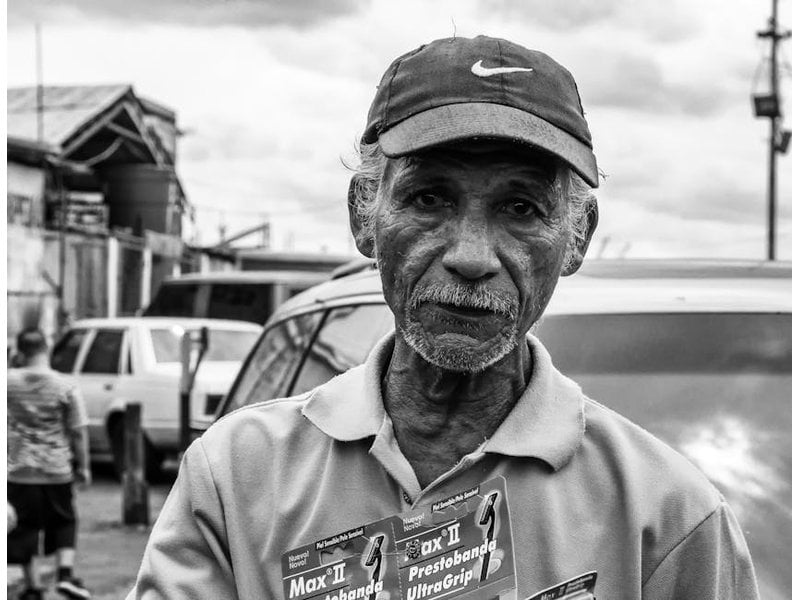
"Rejection of boycotted products may be extended to the point of not using them even though they are already in one’s possession, when their use would therefore not involve any further purchase. Nonconsumption of boycotted goods cannot exist without a consumers’ boycott, but the latter can exist without the former. The nonconsumption method facilitates social pressure against purchase of the goods, for no one can excuse himself by saying he already had the items. Although it is rare and is largely auxiliary to a consumers’ boycott, this method has been regarded as a distinctive type of action"...
Potentially problematic matches
High scoring campaigns using this method
Historical cases from the Nonviolent Action Database that used this method
Georgetown University students campaign against sweatshops, 1997-1999
The first wave of anti-sweatshop movements developed in the 1980s and focused on U.S. economic policy in South America. It was not until 1996 that the anti-sweatshop movement gained national media attention with the revelation that the actress Kathie...
International groups boycott Nestle products to end indiscriminate advertising, 1977-1984
Artificial baby milks—so called “infant formula”—became widespread commercial product during the early decades of the twentieth century. Among many companies involved, Nestlé’s was the biggest promoter, controlling more than 40% of the estimated $1.7...
Lithuanians campaign for national independence, 1988-1991
Russia first occupied Lithuania and introduced a program of “Russification,” an attempt to eliminate Lithuanian language and culture in favor of Russian culture, in the mid-19th century. After 22 years of independence from Russia, the Molotov-Ribbent...
Asian immigrant garment workers campaign for economic justice, San Francisco, USA, 1992-1996
When the San Francisco Bay based Lucky Sewing Co. filed for bankruptcy in May of 1992, they laid off twelve Chinese immigrant women whom they owed $15,000 in back wages. The company’s attorney claimed that they had few assets and there was no money t...
Palestinians boycott settlement goods, 2009-2011
In December 2009, Palestinians began a boycott of goods coming out of Jewish settlements in the West Bank, the Gaza Strip, and other disputed territory. There was already a law established by the Palestinian Authority against buying these goods, effe...
U.S. farmworkers in California campaign for economic justice (Grape Strike), 1965-70
Before the grape strike in 1965, the average annual income of a California farmworker was less than $1,400. In addition, variations in weather or market patterns could lessen this amount. Working conditions were also poor, as many workers did not hav...
American colonials struggle against the British Empire, 1765 - 1775
The 13 English colonies in North America were established and grew during the 17th and 18th centuries. During most of this time, the colonists lived under what historians have termed “salutary neglect,” meaning that the English government mostly left...
Ovambo migrant workers general strike for rights, Namibia, 1971-72
In 1971 South-West Africa (now Namibia) had been under the rule of South Africa’s apartheid government for more than fifty years. Apartheid laws forced indigenous Namibian tribes to live in assigned tribal areas in the northern third of the country a...
Pearl Continental Karachi workers sit-in over labor disputes, Pakistan, 2010
The Pearl Continental is a luxury hotel in Karachi, Pakistan, “located in the heart of the business hub and 15 km from the airport, [it] is a preferred choice for discerning corporate and leisure travelers,” according to their website. In September 2...
South Koreans protest against the mishandling of the deaths of two Korean students caused by U.S. Army, 2002-2004
The U.S. Armed Forces had been stationed in South Korea since the end of Korean War in 1954. More than 26,000 soldiers resided in six camps. Heavily dependent on the U.S. military support, the Korean army had an symmetrical relationship with the U.S....
Low scoring campaigns using this method
Historical cases from the Nonviolent Action Database that used this method

